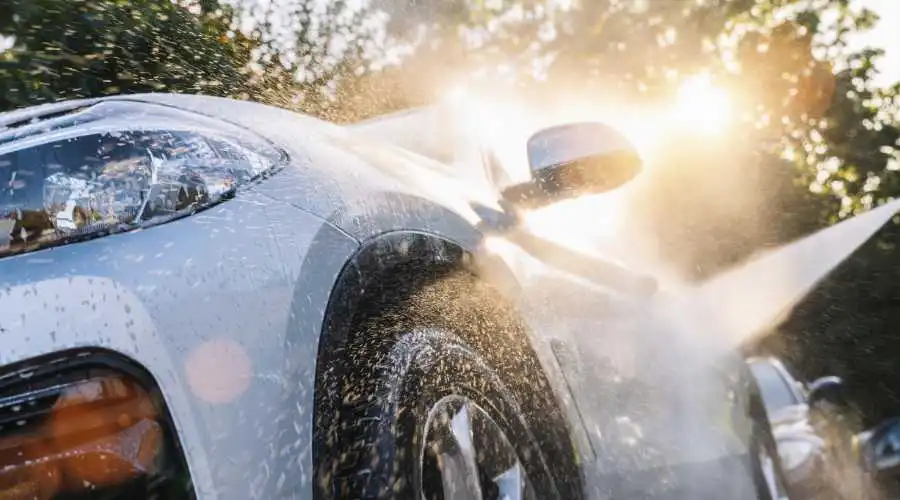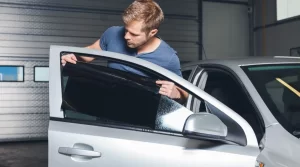Window tinting is a process of applying a thin film or coating to windows to reduce the amount of visible light, UV (ultraviolet) rays, and infrared rays that pass through the glass. UV and infrared protection in window tinting offer several benefits, including increased privacy, reduced glare, and protection for both occupants and interior furnishings. Here’s a closer look at UV and infrared protection at Bronx window tinting:
UV Protection:
Health Benefits: UV rays from the sun can be harmful to your skin and eyes. Window tinting films can block a significant portion of UV rays, reducing the risk of skin damage and eye conditions.
Interior Protection: UV rays can fade and damage the interior of your vehicle or home, causing upholstery, carpets, and furnishings to degrade over time. UV protection in window tinting helps preserve the interior and prolong its lifespan.
Here’s a great read for home window tinting.
Skin Cancer Prevention: UV protection can also contribute to reducing the risk of skin cancer, especially for individuals who spend a lot of time in vehicles with untinted windows.
Infrared Protection:
Heat Reduction: Infrared (IR) rays are responsible for transmitting heat. Window tinting with IR protection can block a significant portion of these rays, reducing the heat that enters a vehicle or building. This can lead to more comfortable interiors and lower cooling costs.
Glare Reduction: Infrared protection can also reduce glare caused by the sun’s heat, making it easier to see and drive comfortably during bright, sunny days.
Energy Efficiency: By reducing the heat entering a building, IR protection can lead to lower energy consumption for air conditioning, ultimately saving on energy bills.
Types of Window Tinting Films:
Dyed Film: These films contain a layer of dye that absorbs and reflects sunlight. They are effective at reducing glare and providing some UV protection, but they may not offer as much heat reduction as other types.
Metalized Film: These films contain tiny metallic particles that reflect heat and UV rays. They are effective at blocking both UV and IR rays but can interfere with electronic signals like GPS or cell phone reception.
Ceramic Film: Ceramic films are known for their high heat rejection capabilities without using metal. They offer excellent UV and IR protection and are less likely to interfere with electronic signals.
Hybrid Film: Hybrid films combine elements of dyed, metalized, and ceramic films to provide a balance of UV, IR, and glare reduction.
Legal Regulations: The legality of window tinting varies by location, and there are often regulations specifying the maximum allowable tint darkness levels for different windows in vehicles and buildings. It’s essential to check local laws before tinting windows to ensure compliance.
In summary, UV and infrared protection in window tinting can enhance comfort, protect interior furnishings, reduce energy consumption, and provide health benefits. The choice of window tinting film should consider factors like the level of UV and IR protection needed, local regulations, and personal preferences. Professional installation is recommended for optimal results and to ensure compliance with local laws.







